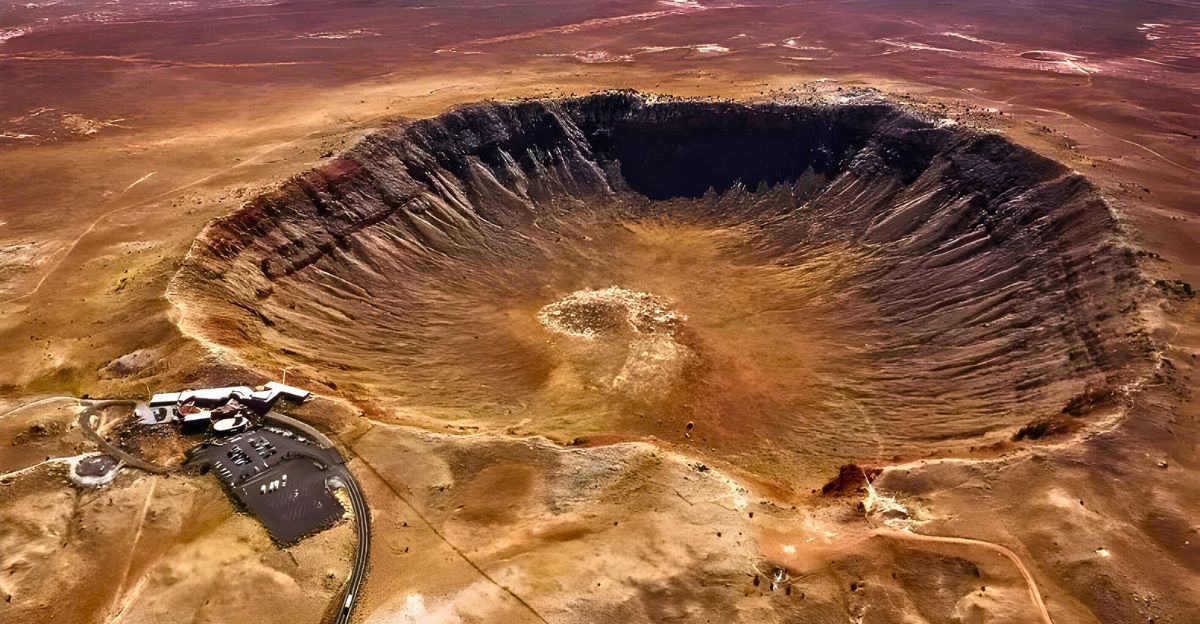
Far inside South Africa’s Vredefort crater—the Earth’s oldest and largest known impact crater—archaeologists uncovered incredible ancient human rock art etched into the stone.
Although the crater itself was formed nearly two billion years ago, the petroglyphs tell a much more modern story, one that speaks about early human life and artistry in a dramatic environment. This shocking find reshapes our understanding of human interaction with one of Earth’s most ancient natural marvels.
Beyond archaeology, it creates a ripple effect connecting human culture, environmental adaptation, and wildlife habitats, demonstrating how this cosmic scar remains a living, evolving ecosystem influenced by nature and time.
Geological Wonder Meets Human Imprint
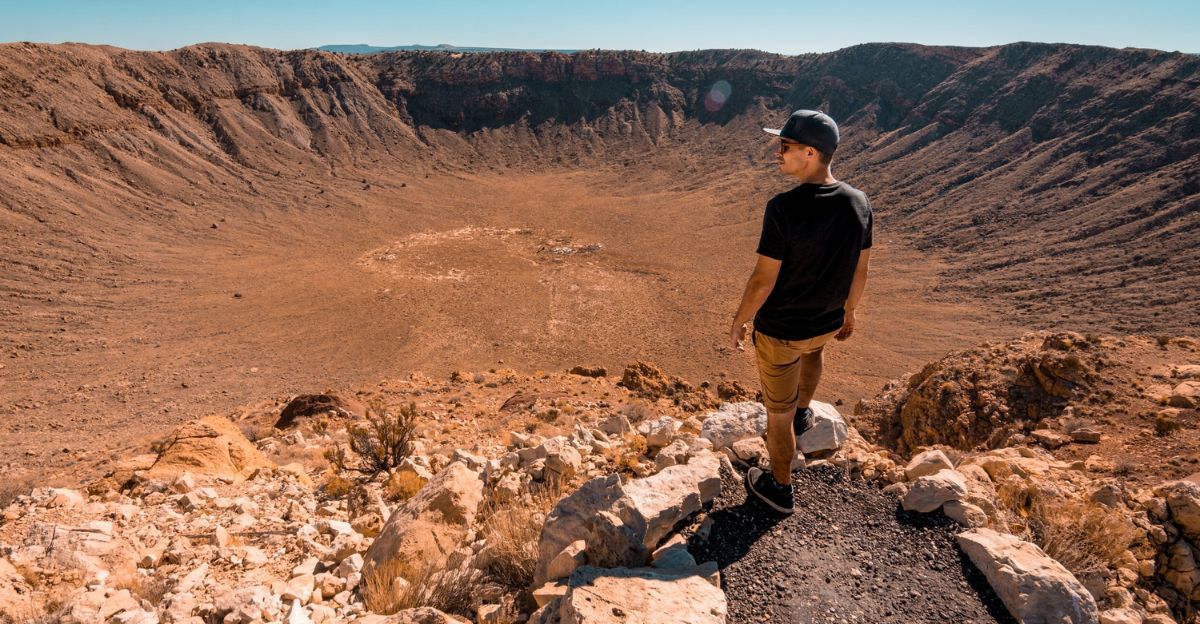
The Vredefort crater was formed when a large asteroid crashed into Earth two billion years ago, leaving the world with a significant geological footprint. This impact dramatically reconfigured the surrounding landscape, mineral riches, and ecosystems, creating a diverse environment that attracted humans who later left their mark on rock walls.
The conjunction of extreme geology and early human settlement explains why these paintings were made here. It makes the crater an incredible and rare place where cosmic history collides with human creativity.
Ultimately, the human drawings in the crater have provided a cascade of revelations about how early humans adapted to cataclysmic natural events, which shaped environments and impacted wildlife and cultural evolution all at once.
Rewriting Human History and Cultural Depth

This discovery defies long-held ideas about the spatial and temporal reach of early human art, previously thought to have been produced in later years or other regions. Finding these carvings here personalizes the crater’s immense timeline, connecting human stories with a landscape shaped by ancient cosmic impact.
It shows how early humans interacted creatively and expressively with their environment. Further, their environment was rich in flourishing wildlife, suggesting that there were complex interactions between humans and animals at the time.
The finding encourages us to see that cultural evolution is inextricably linked with dramatic environmental backgrounds. It shows that early humans were resilient and adaptable within their prehistoric ecosystems, which were heavily influenced by geology, fauna, and evolving habitats.
Scientific Fields and Heritage Tourism React
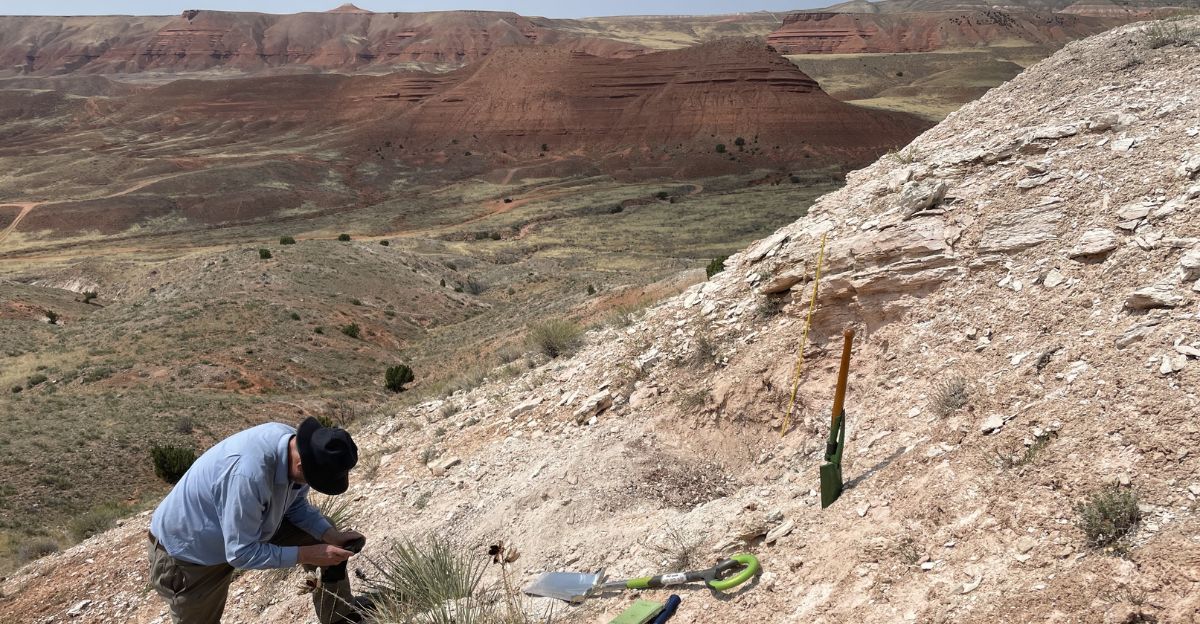
Researchers from multiple fields of science are responding rapidly to the discovery. Archaeologists, geologists, and ecologists work together to interpret petroglyphs and understand their environmental context.
Meanwhile, heritage organizations aim to develop eco-friendly tourism, educating visitors about the crater’s geological and cultural significance while promoting conservation. Scientific investigation combined with tourism redefines how ancient sites can be valued.
This multi-disciplinary endeavor, replete with interpretation, is unprecedented and extraordinary. And, if successful, could inform us of the interdependence of natural history, human creativity, and environmental protection in one of Earth’s most ancient and dynamic landscapes.
New Trends in Public Participation and Conservation

The public’s interest in ancient drawings is now stimulating new conservation efforts at Vredefort. As we now value the crater as not just a geological wonder but also as a cultural and environmental gem, we move toward protecting it as best we can.
Such awareness empowers community-driven stewardship programs that combine wildlife conservation with the management of cultural heritage, emphasizing the symbiosis of preserving rock art and natural habitats.
As ecotourism increasingly becomes mainstream, interest in responsible behavior grows, and so do sustainable and respectful practices, building local economies and preserving biodiversity. This shift is a promising trend: cultural exploration begets environmental responsibility, a model for the integration of nature with humanity’s ancient heritage.
Impact on Global Archaeological Research and Technology
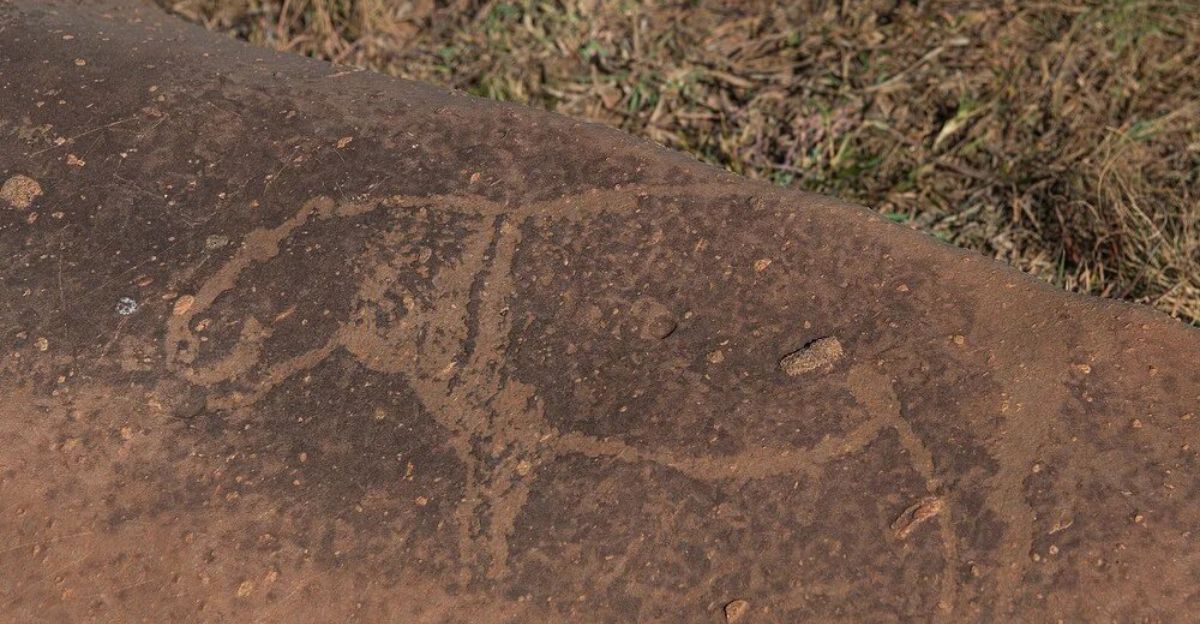
The Vredefort petroglyph discovery encourages archaeologists worldwide to explore extreme geological regions for evidence of ancient human presence and activity.
As a result, cutting-edge technologies, such as satellite imaging, remote sensing, and AI-aided analysis, are now being used to identify carvings in extreme terrains, expanding exploration beyond conventional locations. This focuses archaeological investigation on how ancient humans adjusted to natural disaster-shaped environments.
This discovery also promotes interdisciplinary research in geology, biology, and anthropology. This approach extends our knowledge of human evolution in dynamic Earth systems and encourages additional excavations to unfold our history within extreme environments.
Voices from the Ground—Local Communities’ Connection
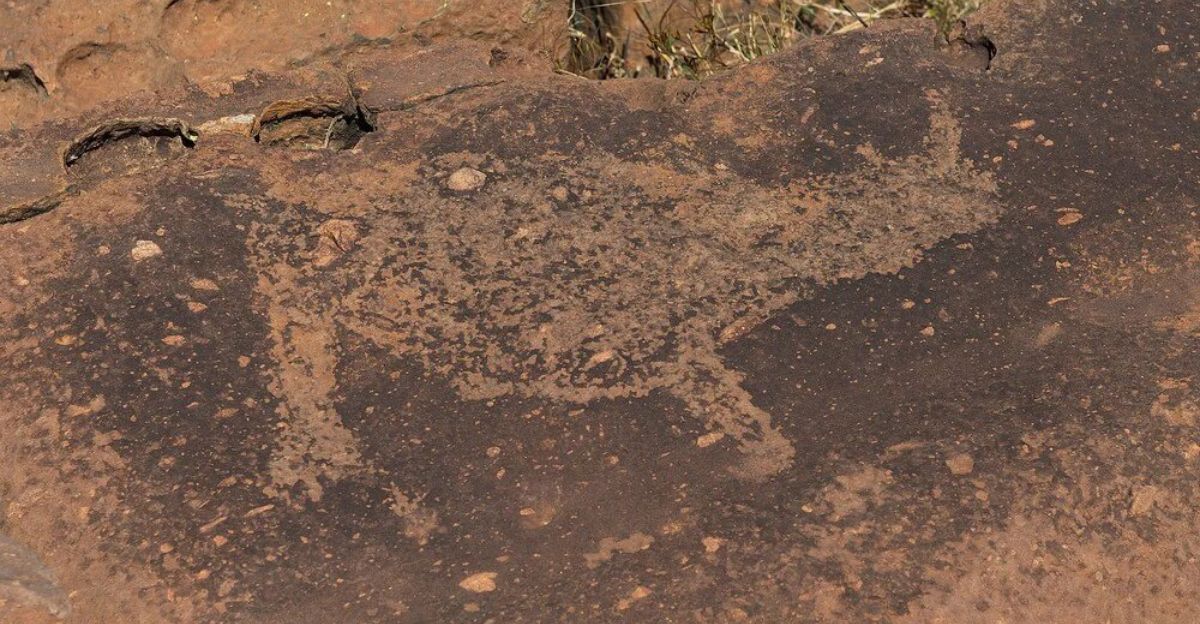
Local communities near Vredefort express renewed pride and cultural connection to their land. Elders now voice their own stories and traditional beliefs about the animals and spirits that inhabited the crater, now enlightened through archaeological findings.
This blend of scientific expertise and indigenous knowledge deepens and enriches the narrative, highlighting the crater as a living landscape in which both the past and present meet.
Moreover, conservationists collaborate with residents to preserve wildlife, such as antelopes, birds, and small mammals, as well as the delicate petroglyphs, demonstrating how cultural heritage and biodiversity conservation are inseparable. The partnership offers a compelling example of community-based stewardship and sustainable coexistence in a sacred, ancient landscape.
Policy and Protection Debates Intensify
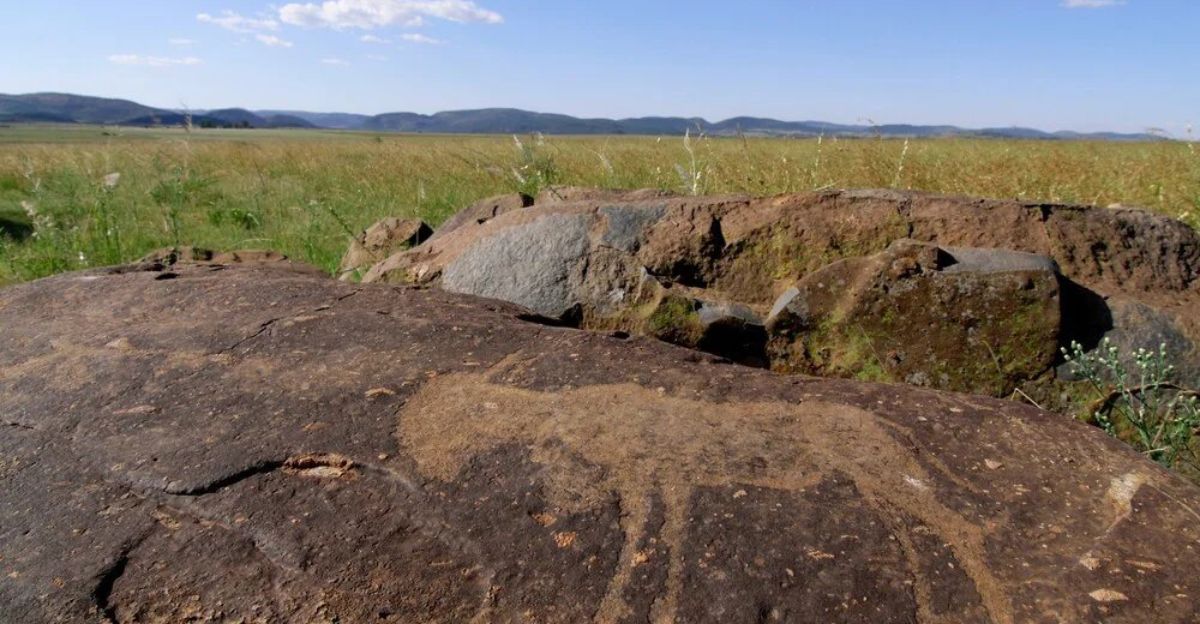
As the crater’s significance increases, policymakers face growing pressure to balance economic and preservation interests. Development and mining threaten the ecological environment and archaeological sites, fueling controversies about regulatory protection.
Environmentalists push for tighter legislation to safeguard native species and geological formations, while heritage organizations demand protocols for protecting the petroglyphs.
This tension highlights the challenge of managing a highly valued site in the face of competing uses. It reflects a global challenge: protecting complicated heritage sites in regions experiencing economic development and environmental pressure simultaneously.
Next Steps for Science and Conservation

Future work will include dating the petroglyphs precisely and conducting intensive ecological studies to reconstruct the crater’s environmental history. Multidisciplinary science teams will study how early humans interacted with wildlife and adapted to evolving ecosystems following the crater’s impact.
Further, AI-driven mapping and analysis will hunt for more concealed carvings. Public engagement will likely emphasize the interconnectedness of cultural and environmental stories, promoting awareness and stewardship.
Ultimately, all of the above aim to advance scientific understanding while protecting vulnerable resources. Whatever comes next will reshape our concept of human resistance to extreme environments and determine sustainable conservation policies for this extraordinary geological and cultural icon.
From Cosmic Catastrophe to Cultural Canvas: A Living Legacy
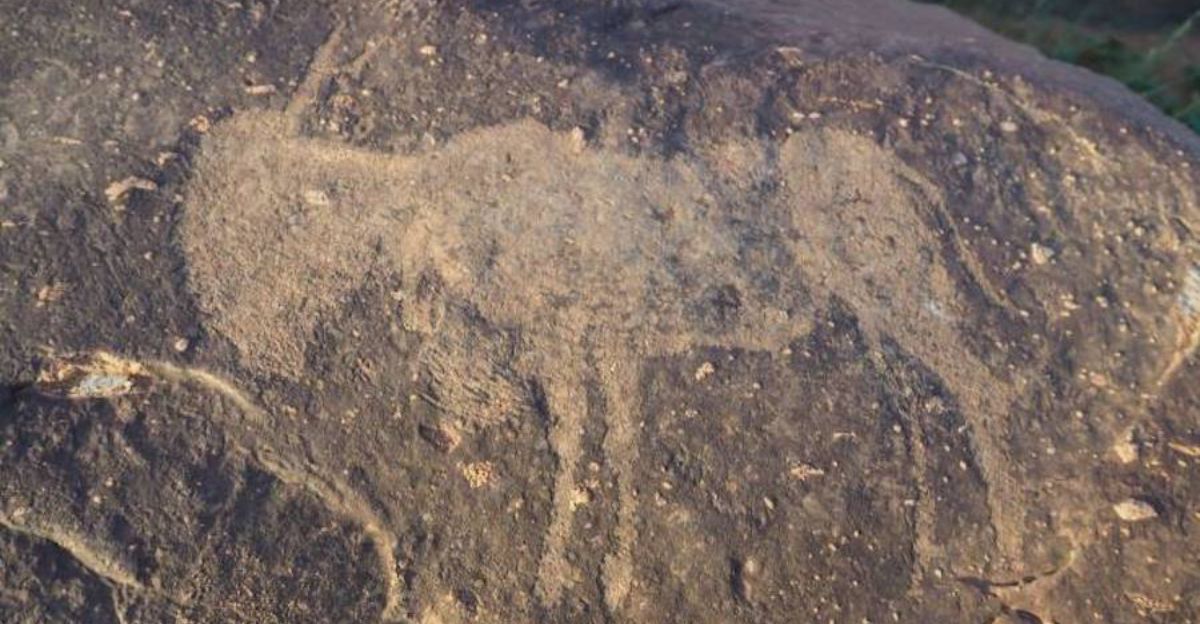
Vredefort Crater’s ancient petroglyphs reveal a profound truth: Earth still holds the secrets of a vibrant life and human stories. This discovery has an incredible archaeological, ecological, political, and cultural context that demonstrates how cosmic processes and disasters, wildlife, and human imagination are interrelated.
Now, the crater calls on us to “see,” to realize that ancient landscapes were dynamic habitats, rather than static relics of a bygone time. In the future, it will likely challenge our stewardship efforts so that we may honor both the power of natural forces and humanity’s very creativity.
This discovery reveals a shared heritage of survival and connection that is awe-inspiring and demands respect for the Earth’s intertwined natural and cultural histories.
Explore more of our trending stories and hit Follow to keep them coming to your feed!

Don’t miss out on more stories like this! Hit the Follow button at the top of this article to stay updated with the latest news. Share your thoughts in the comments—we’d love to hear from you!







